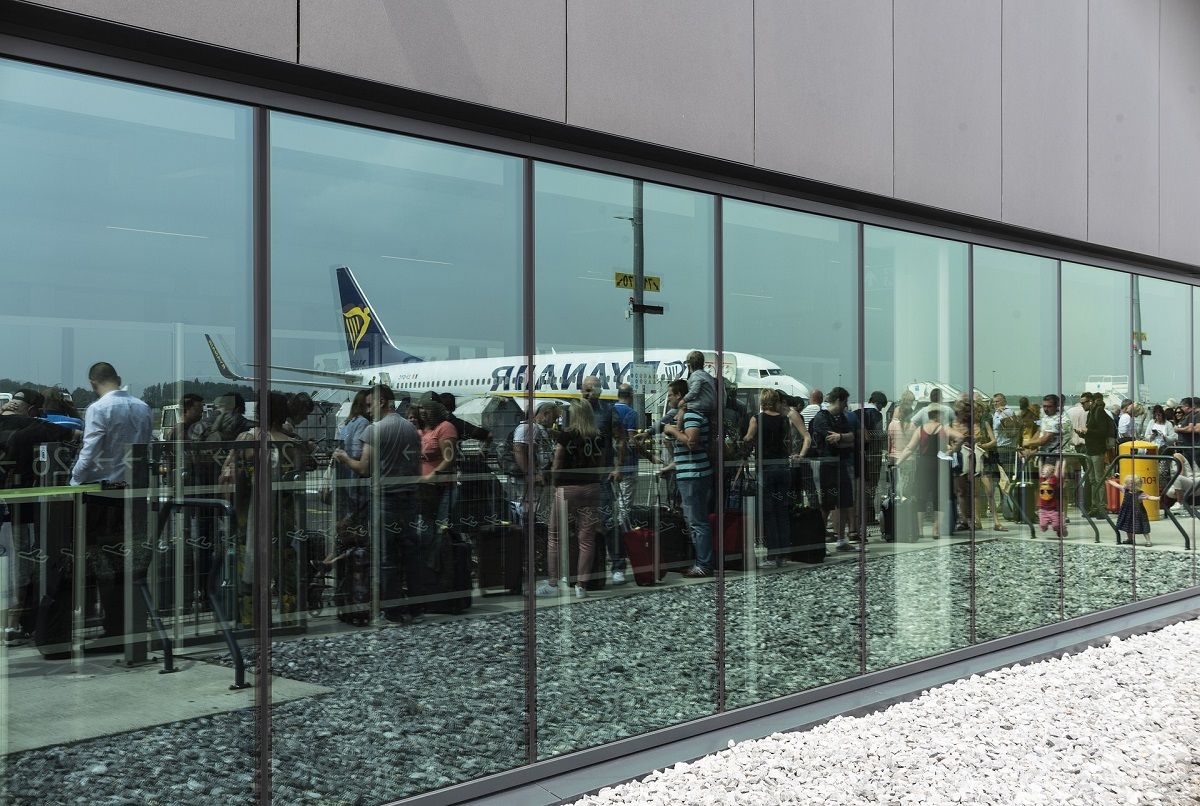IATA: Diverse Types of Airlines Can Boost Connectivity in Europe
The International Air Transport Association (IATA) is urging EU governments and regulators to introduce policies that promote greater air connectivity which can be strengthened by the use of different types of airlines operating in Europe.
IATA cites its latest research which shows that low cost carriers (LCCs) and network airlines can provide and thus enhance complementary connectivity.
According to the findings, 82 percent of business travelers using the European air transport network say that access to global supply chains is “existential” for their business while 84 percent claim they cannot imagine doing business without access to air transport networks.
“New evidence shows that Europe benefits from many different kinds of airlines and it needs all these different business models – and the services they provide – to thrive,” said IATA Director General Willie Walsh.
In view of the findings, IATA argues that government policies must ensure both models can thrive as they offer different and complimentary types of connectivity, while also competing on many popular routes.
Other key takeaways of the study include:
-the number of European-registered LCCs has nearly doubled since 2004 to 35, while the number of network carriers has dropped over the same period from 149 to 131
-the number of passengers on origin-destination, non-stop flights within Europe carried by LCCs reached 407.3 million in 2019, compared to 222.5 million for network carriers
-within Europe, the number of origin-to-destination flight itineraries served by network carriers is two to four times greater than the flight itineraries served by LCCs before the pandemic
-the number of passengers flying connecting itineraries within Europe carried by LCCs was less than 9 million in 2019 compared to around 46 million carried by network carriers
-72 percent of intra-European passenger demand flies on routes that have competition between LCCs and network carriers – that demand comprises only 6 percent of total intra-European itineraries
-79 percent of European itineraries are flown by network carriers only compared to 15 percent which are LCCs-only
– in terms of intercontinental travel, network carriers provide the vast bulk of connectivity
-99.8 percent of cargo capacity is provided by network carriers.
IATA concluded that LCCs tend to compete with network carriers on the most popular routes, but network carriers perform a vital function providing connectivity to less popular European destinations, which is only viable because of the hub-and-spoke model.







